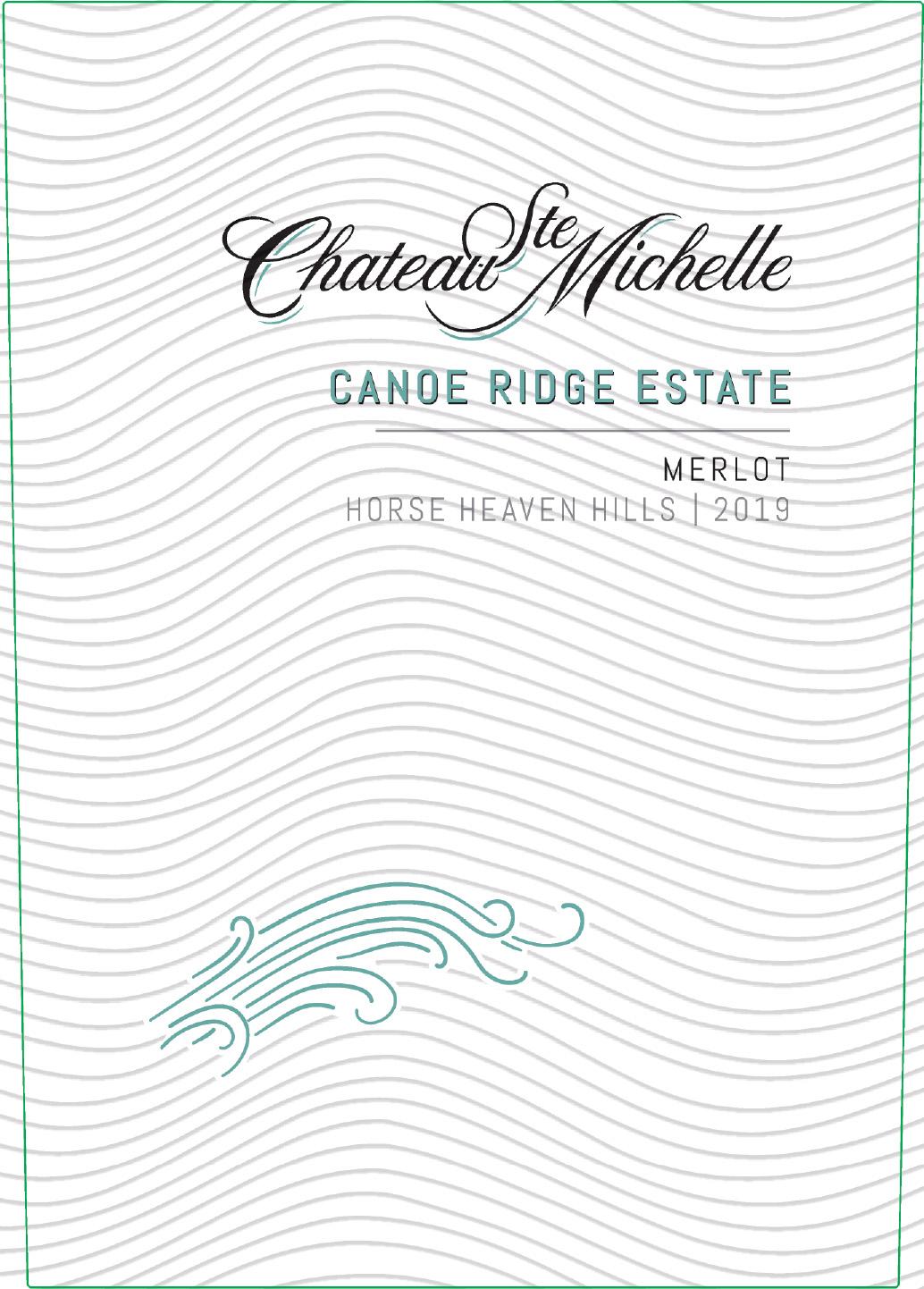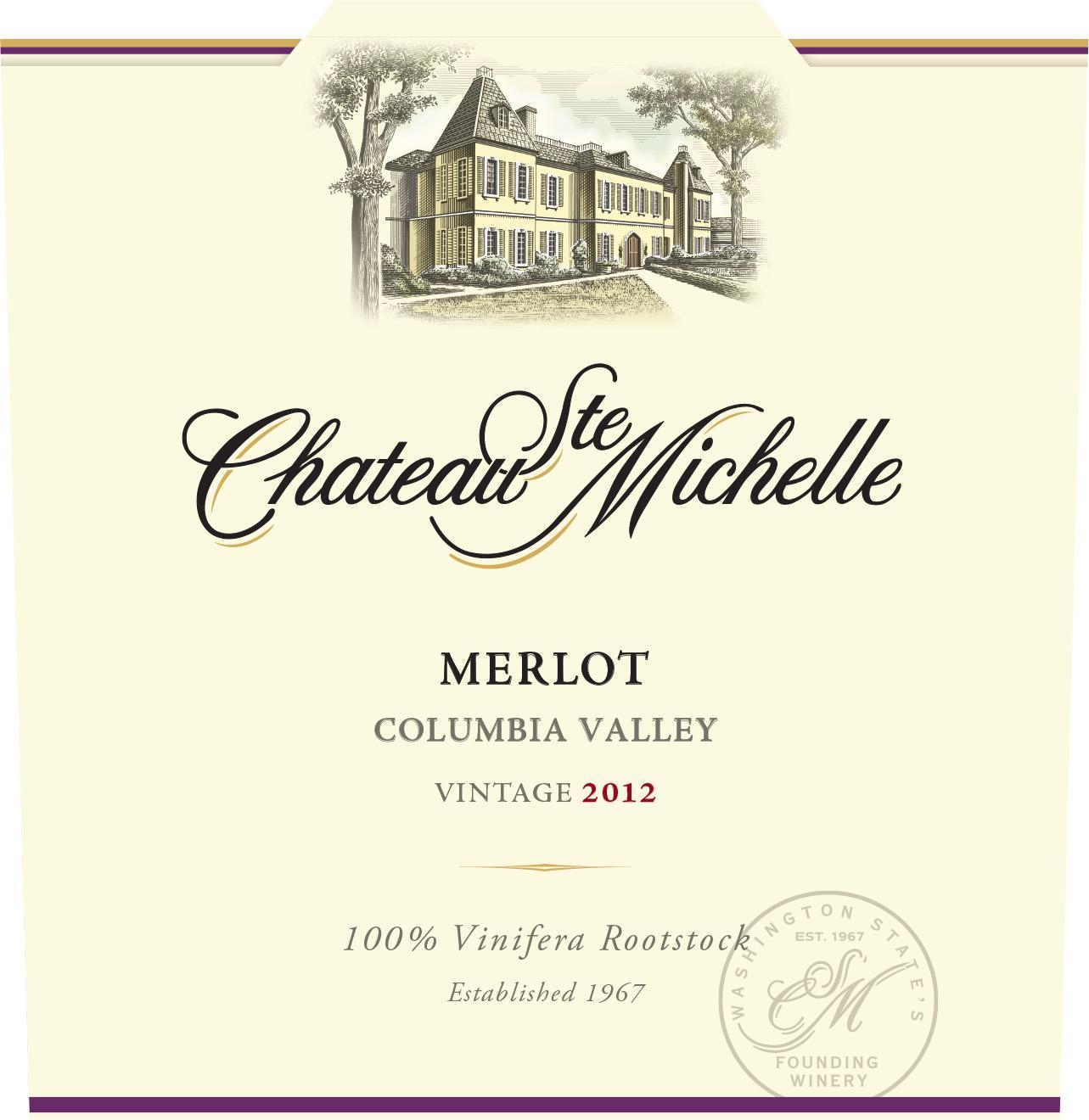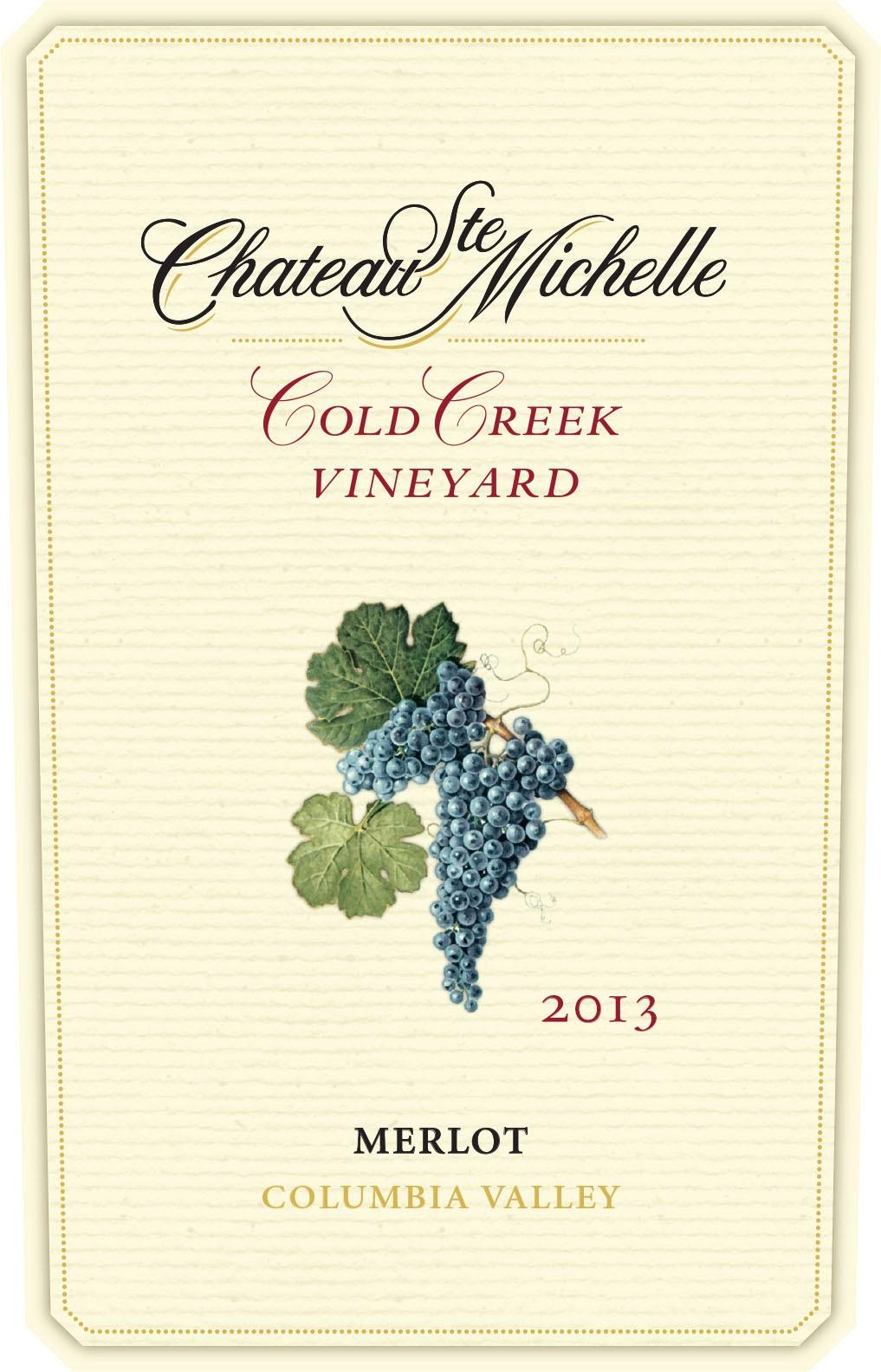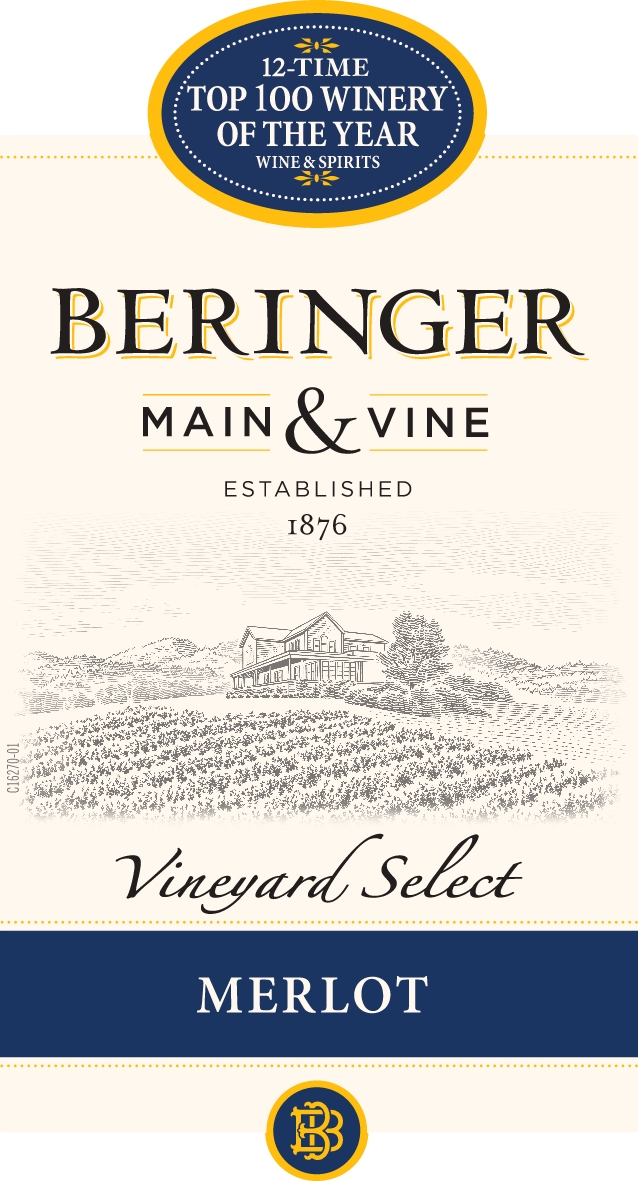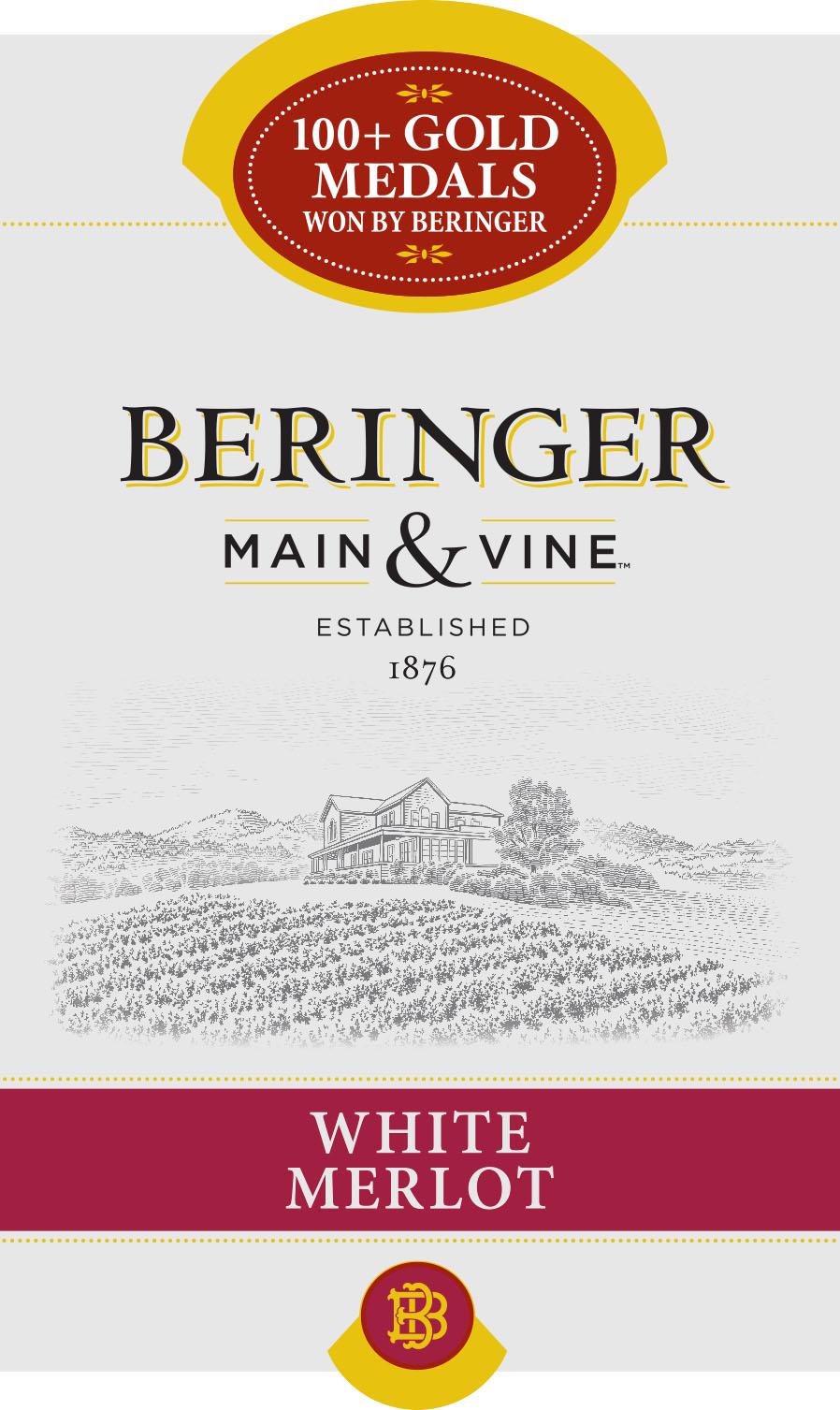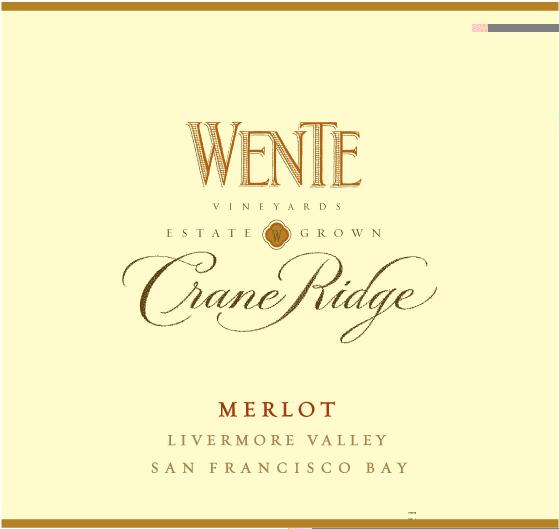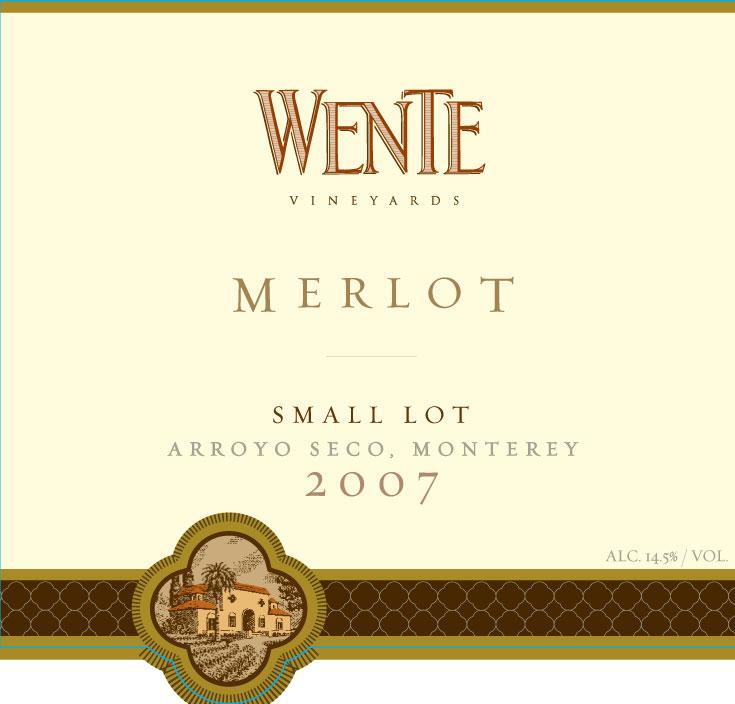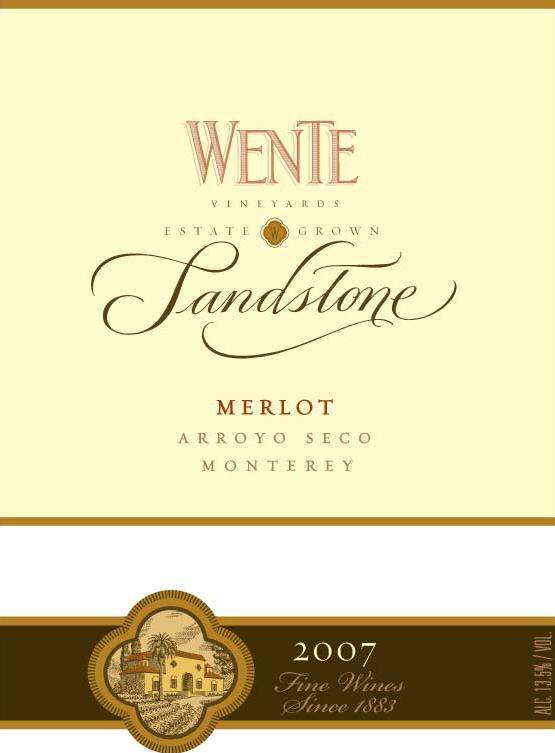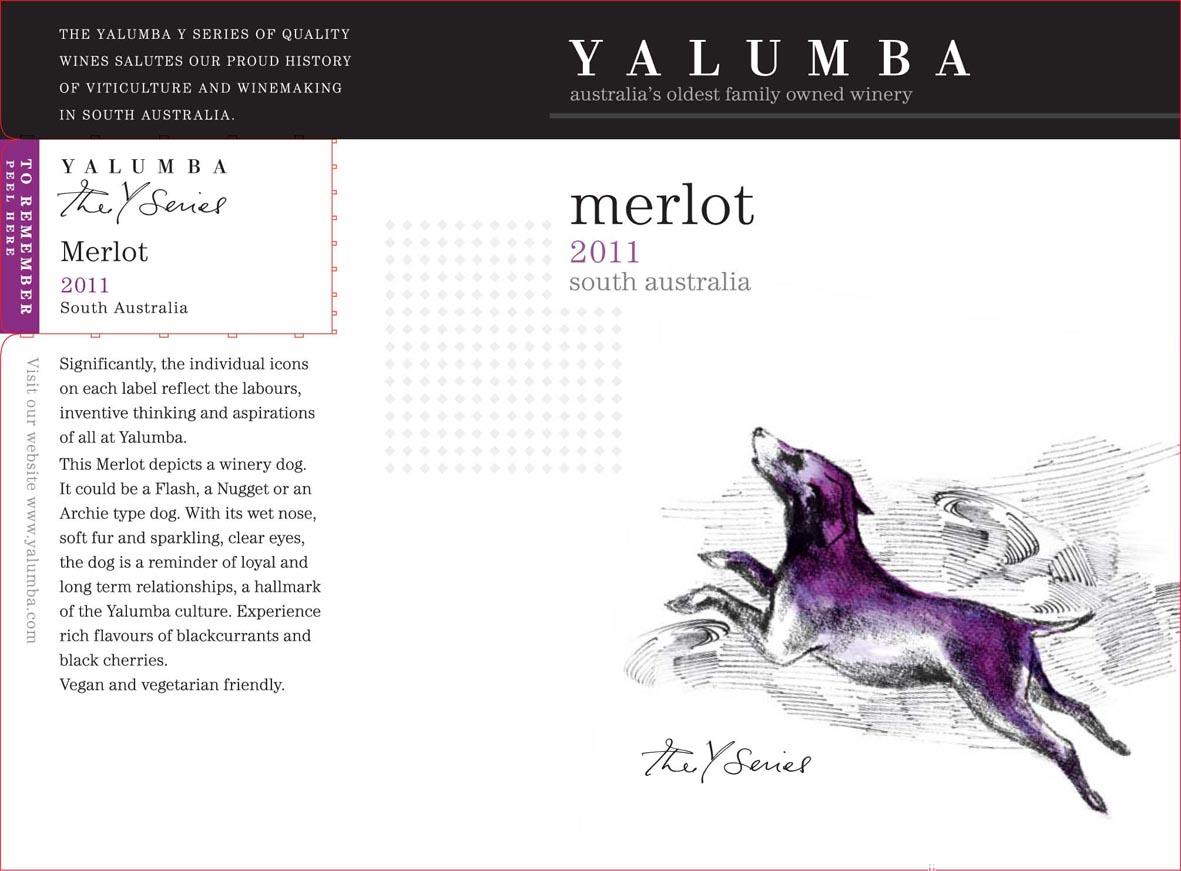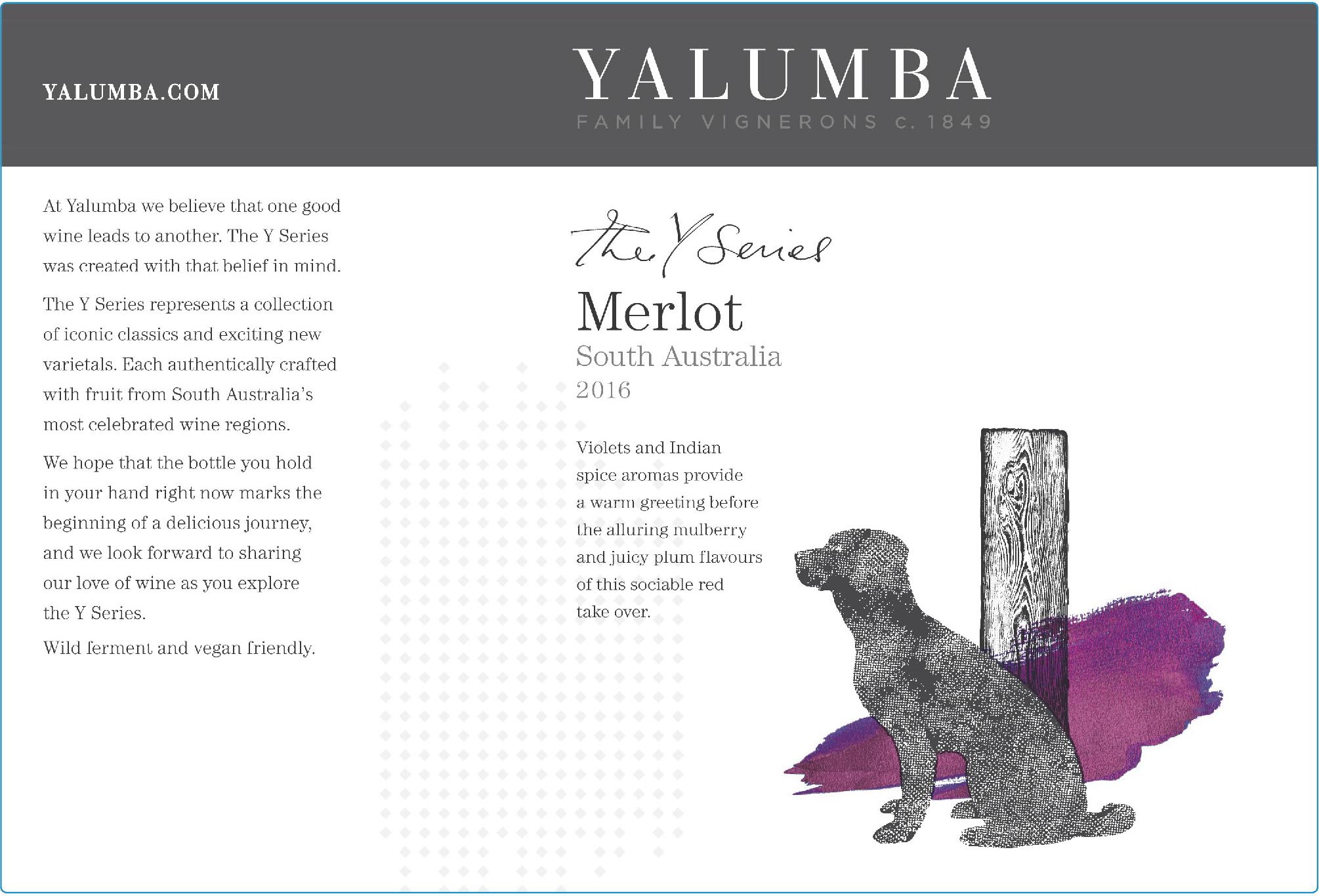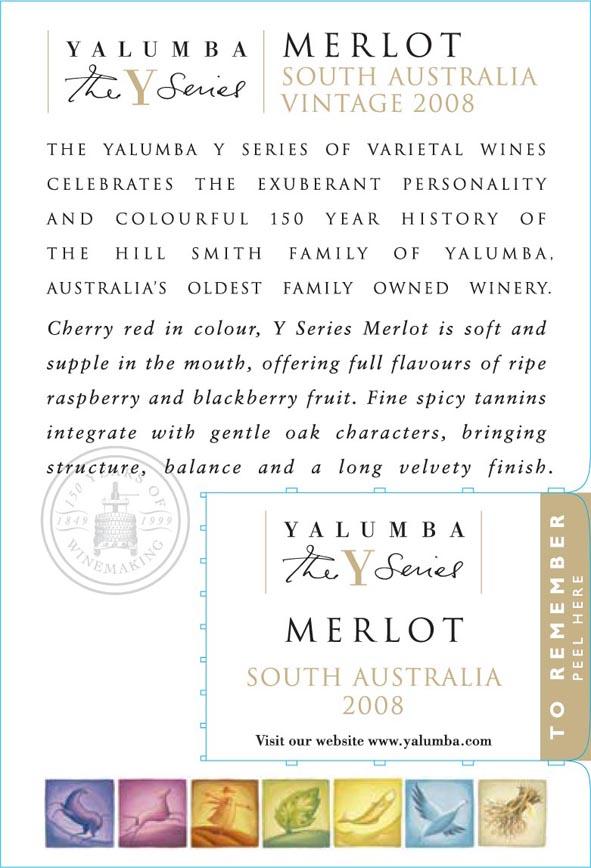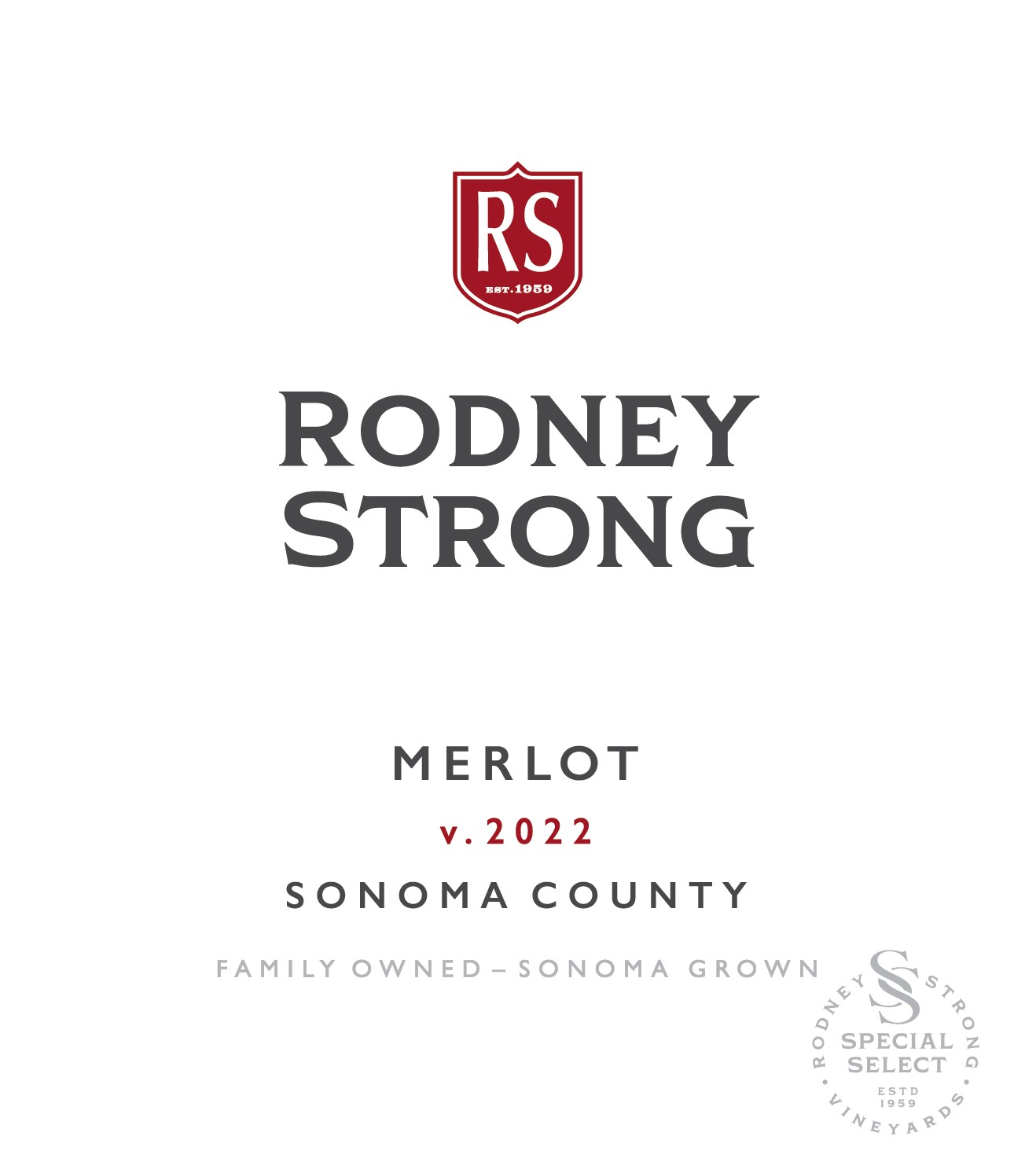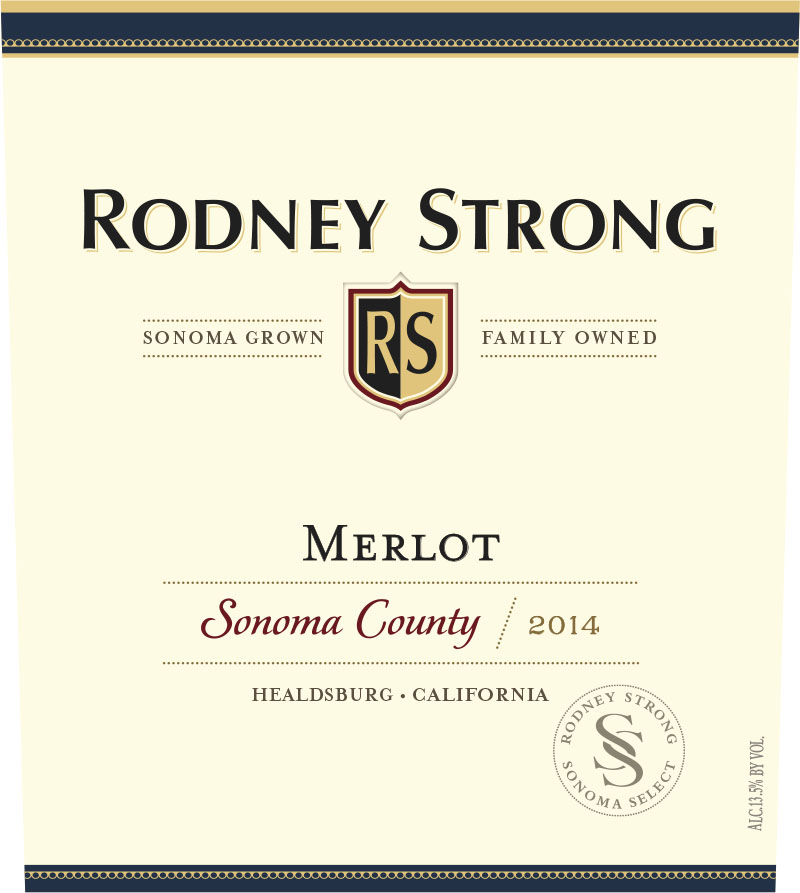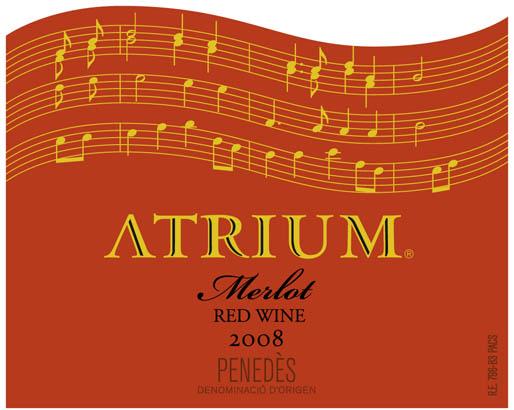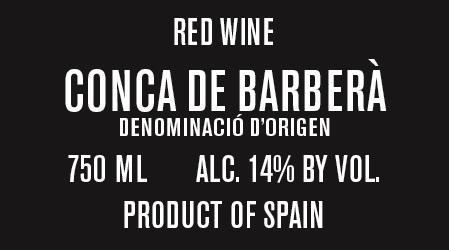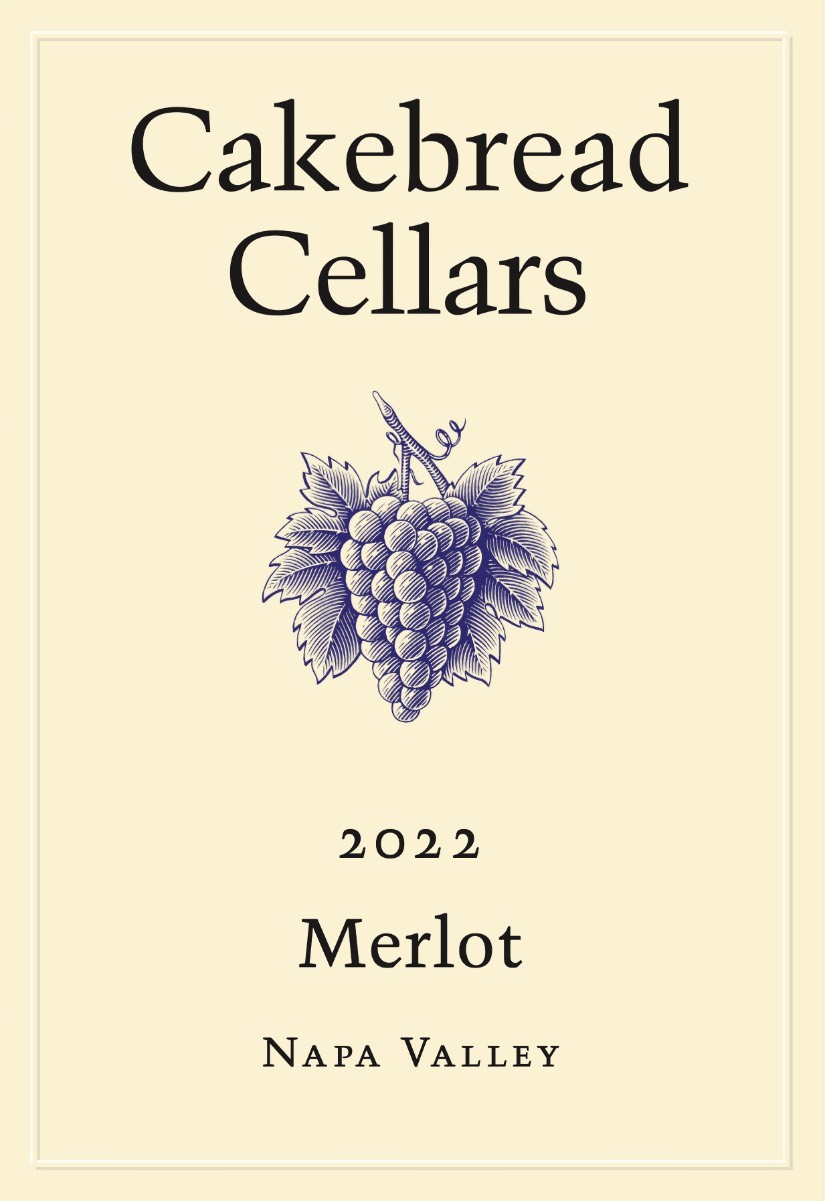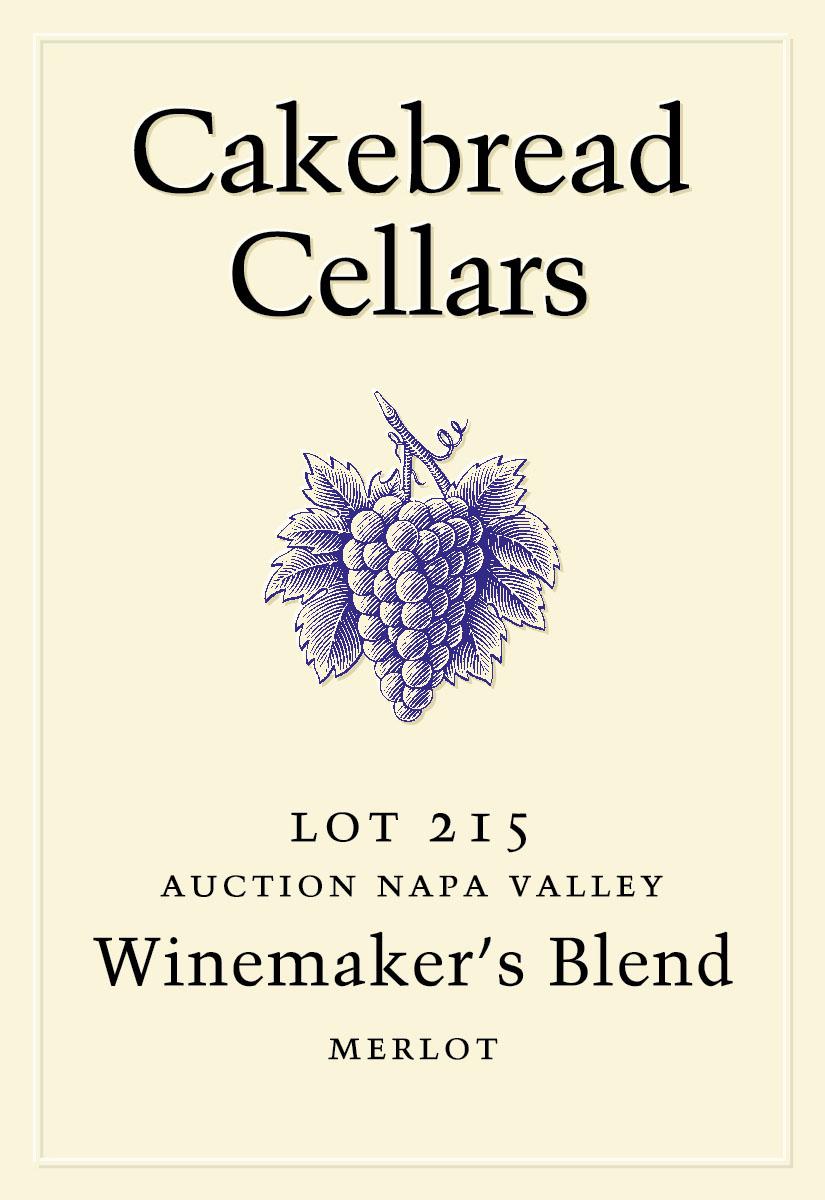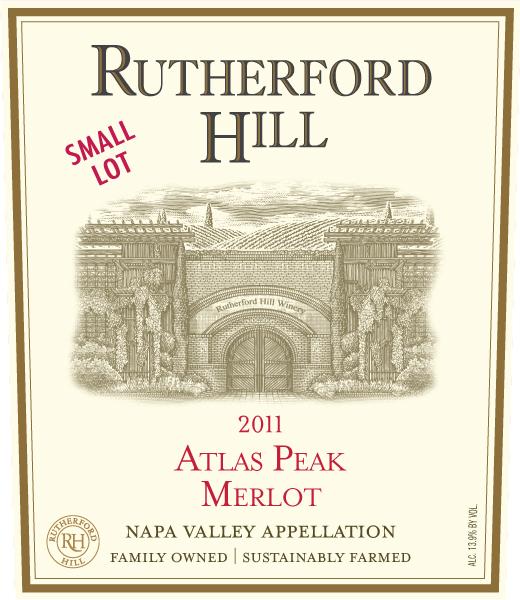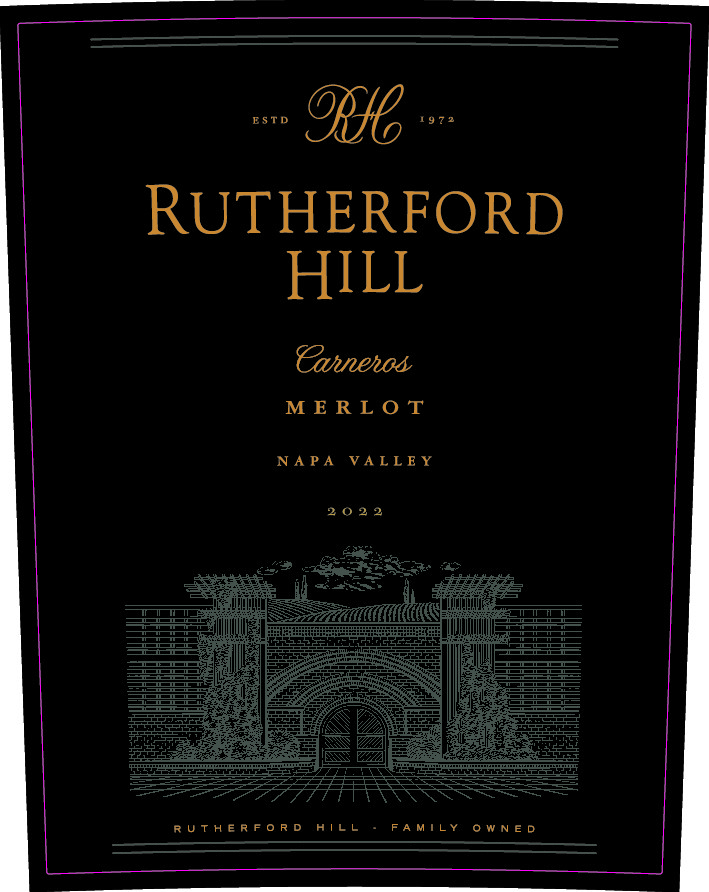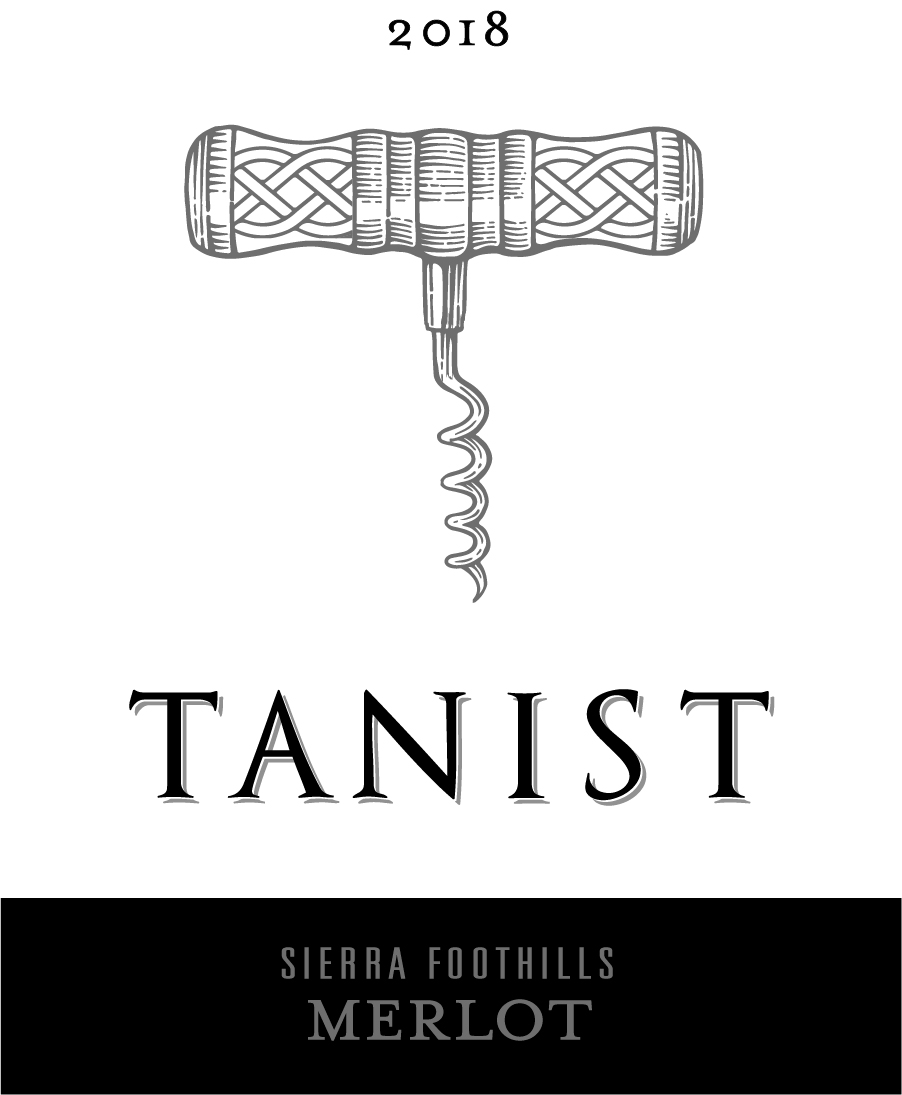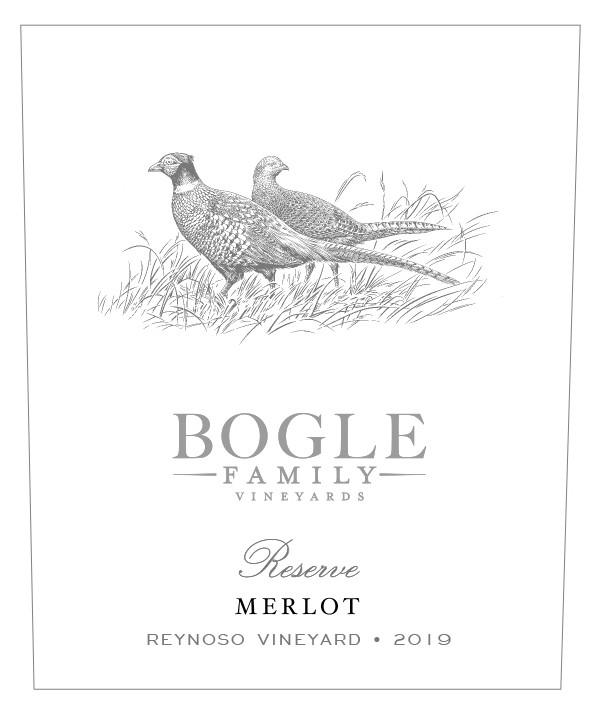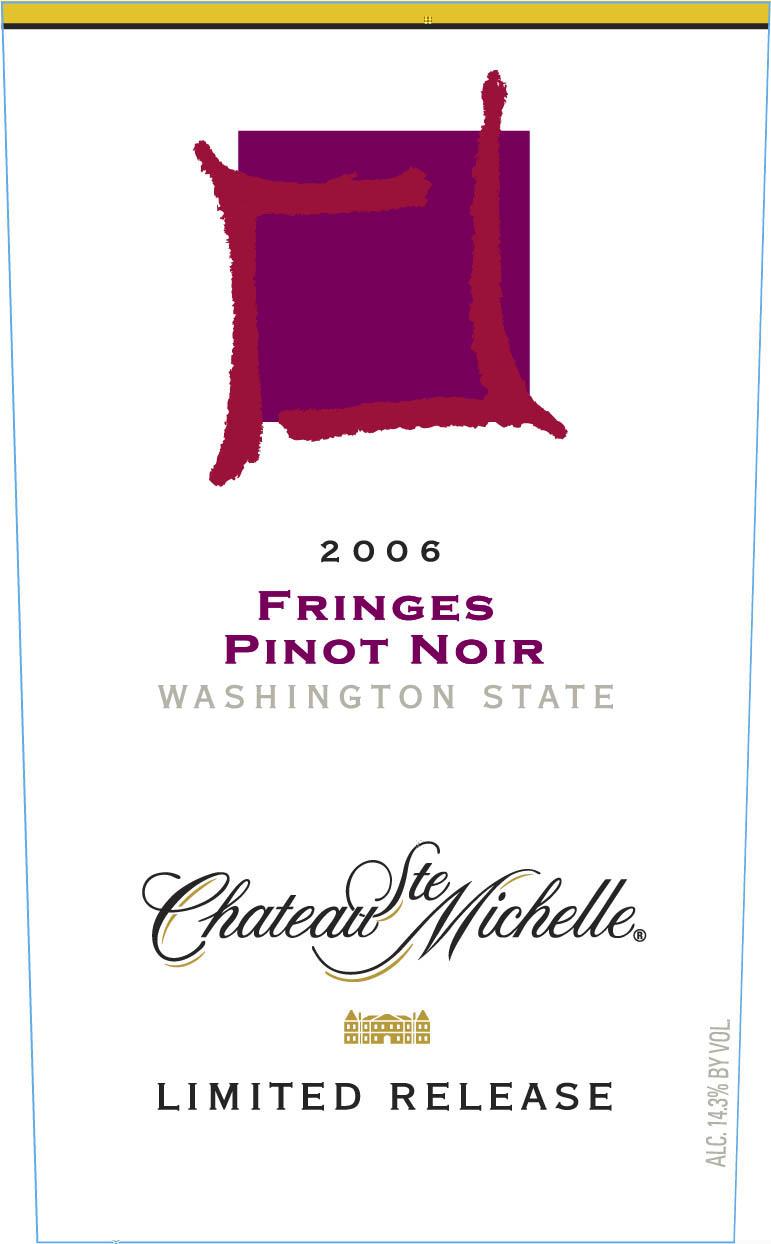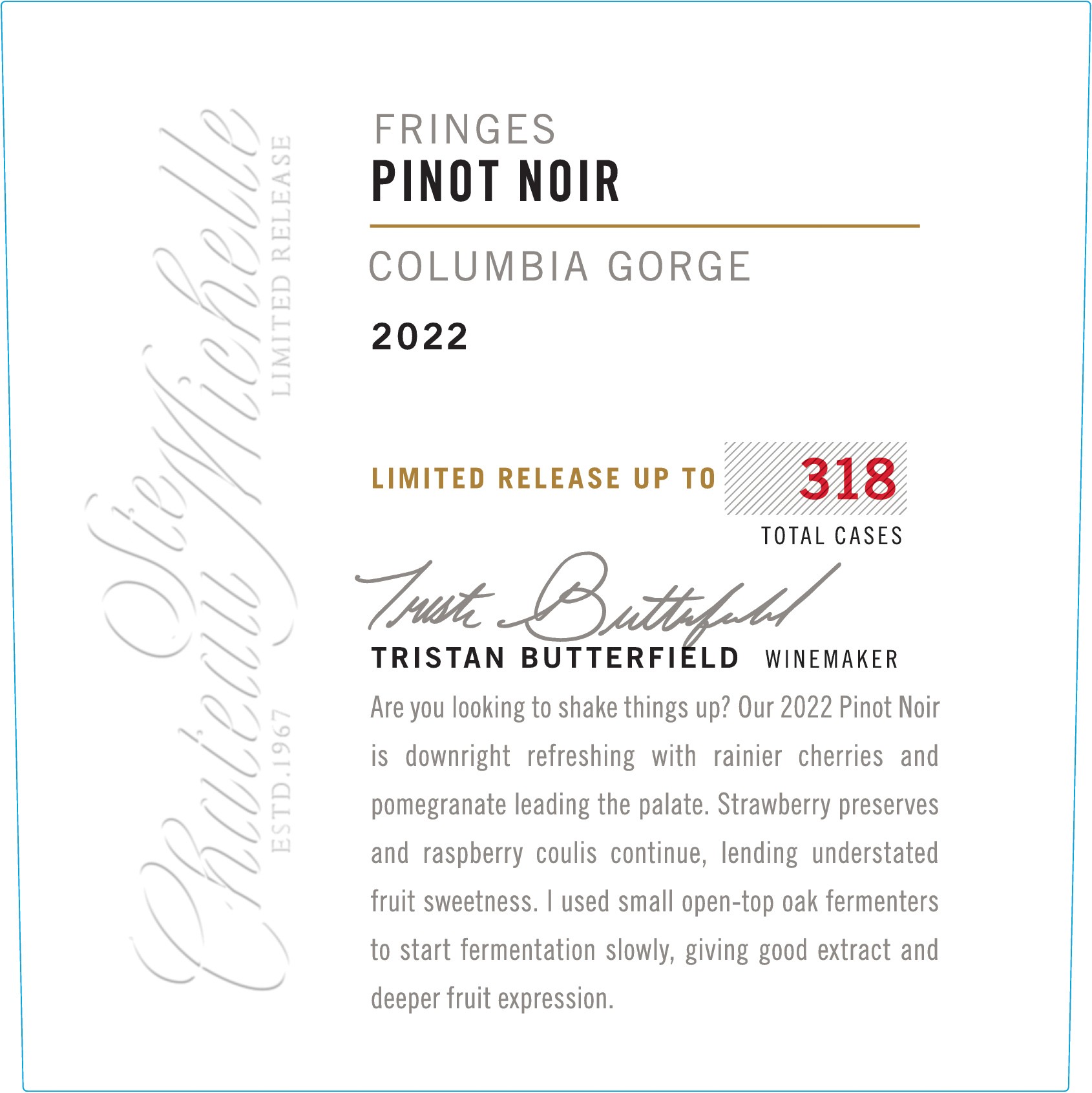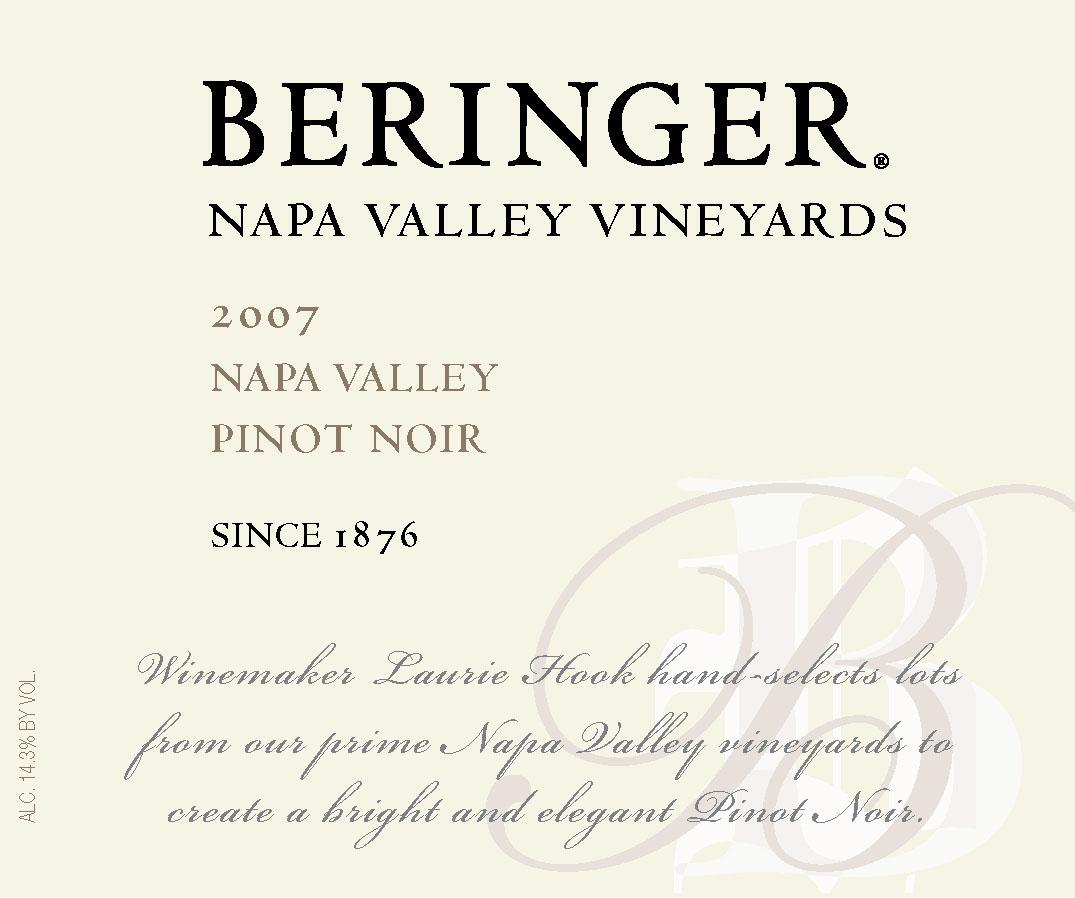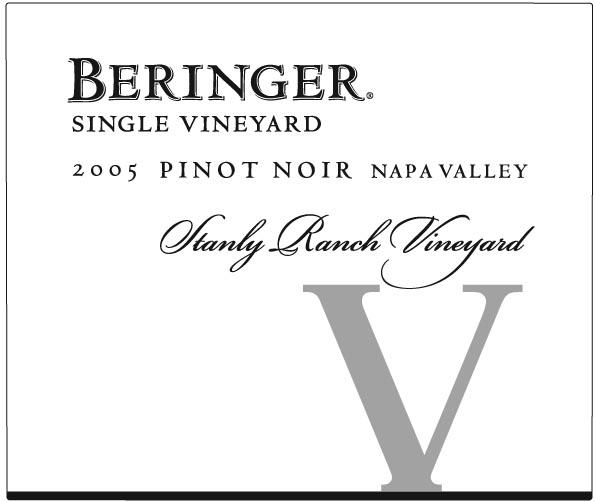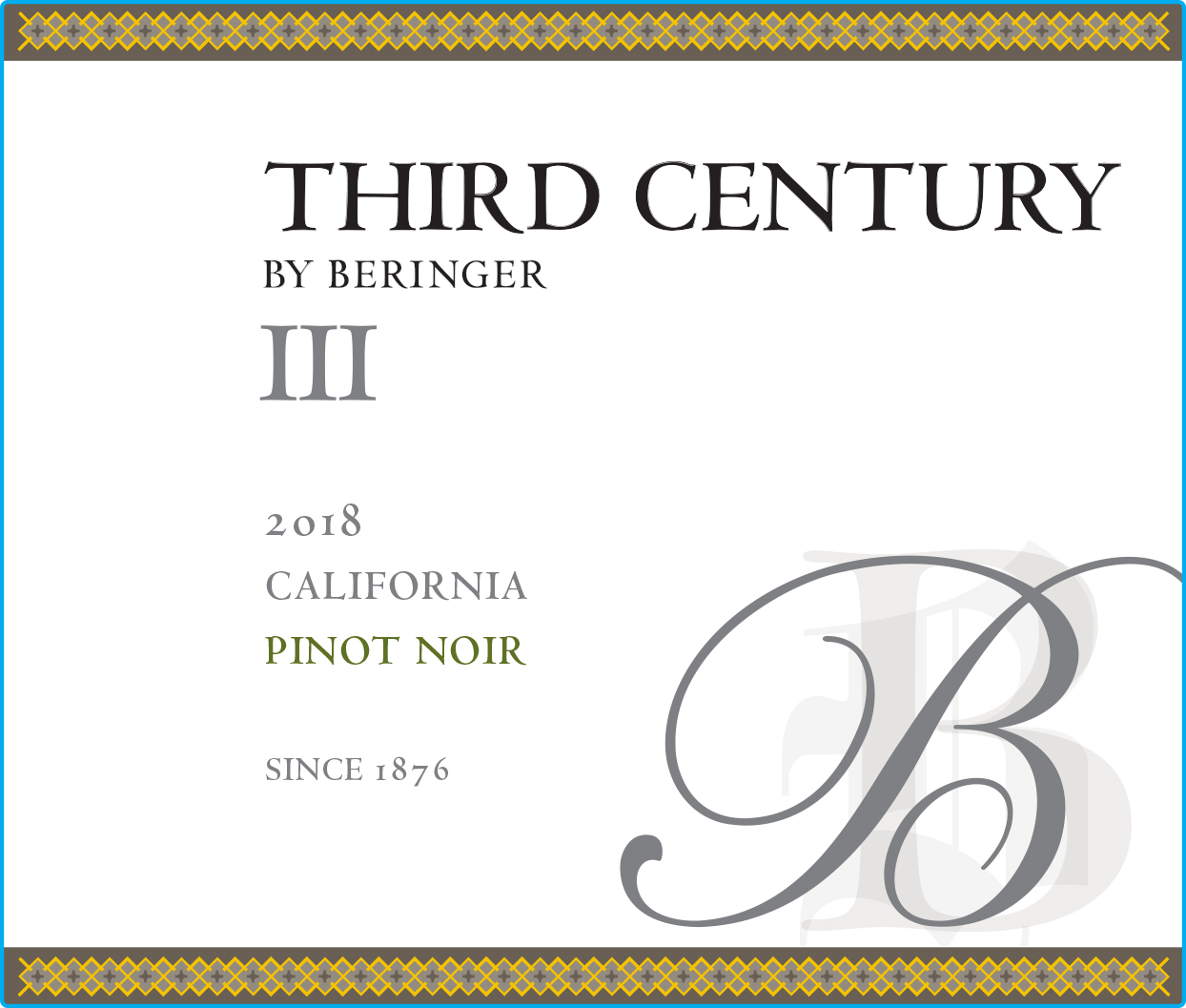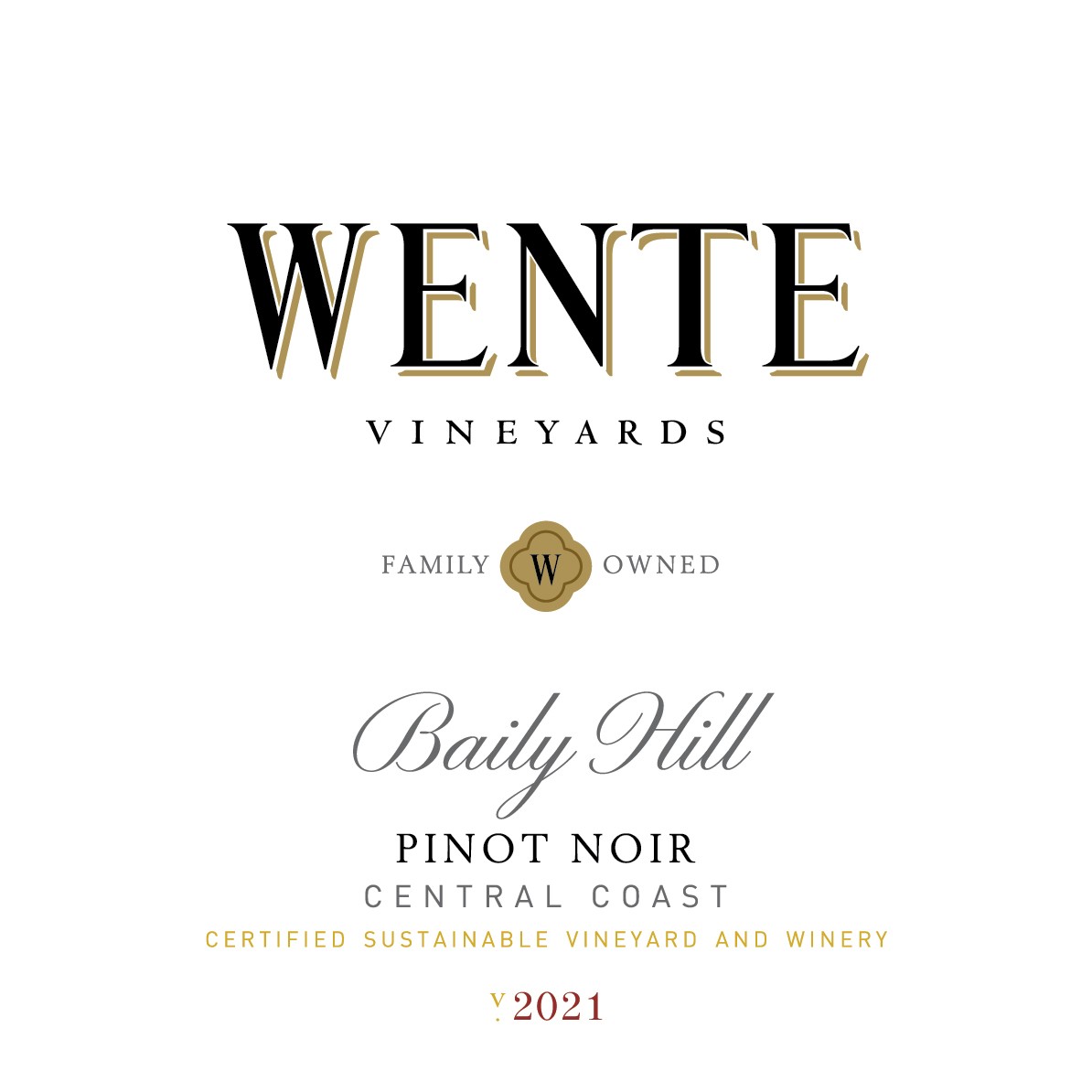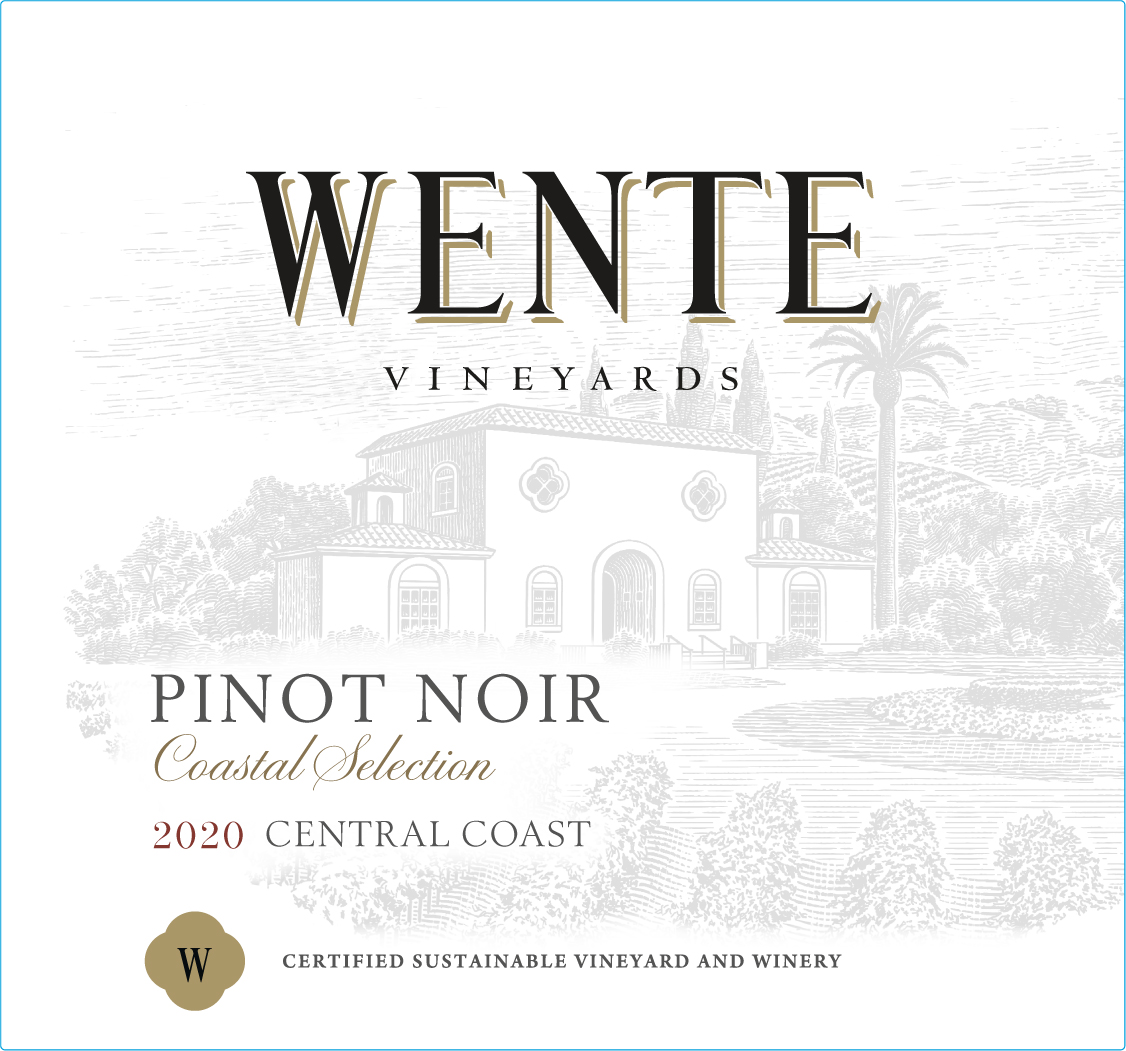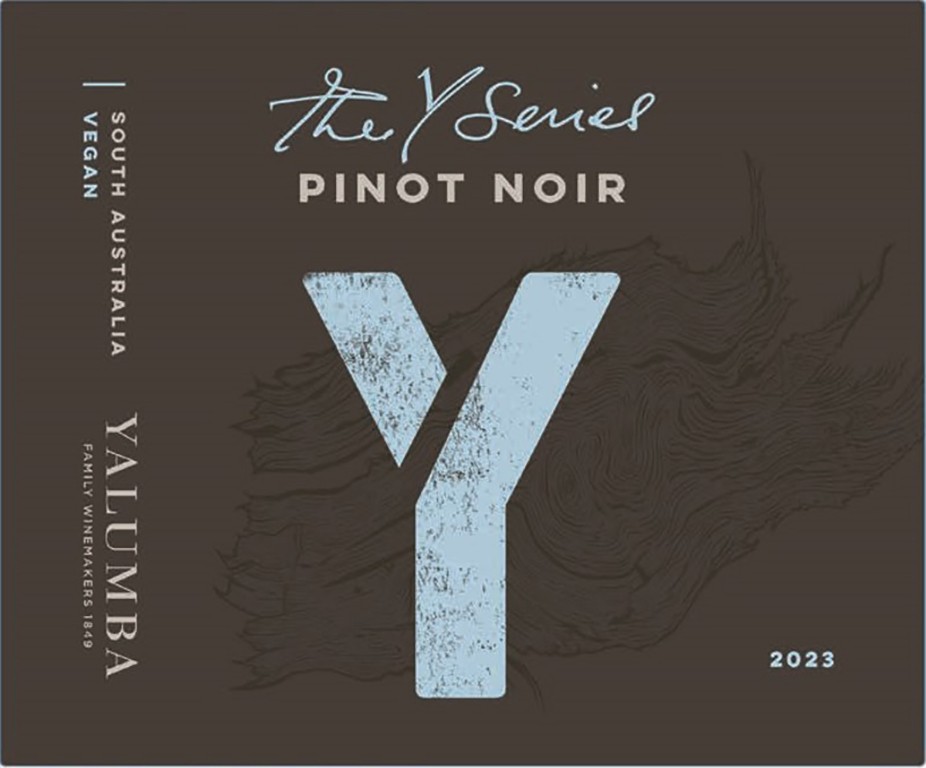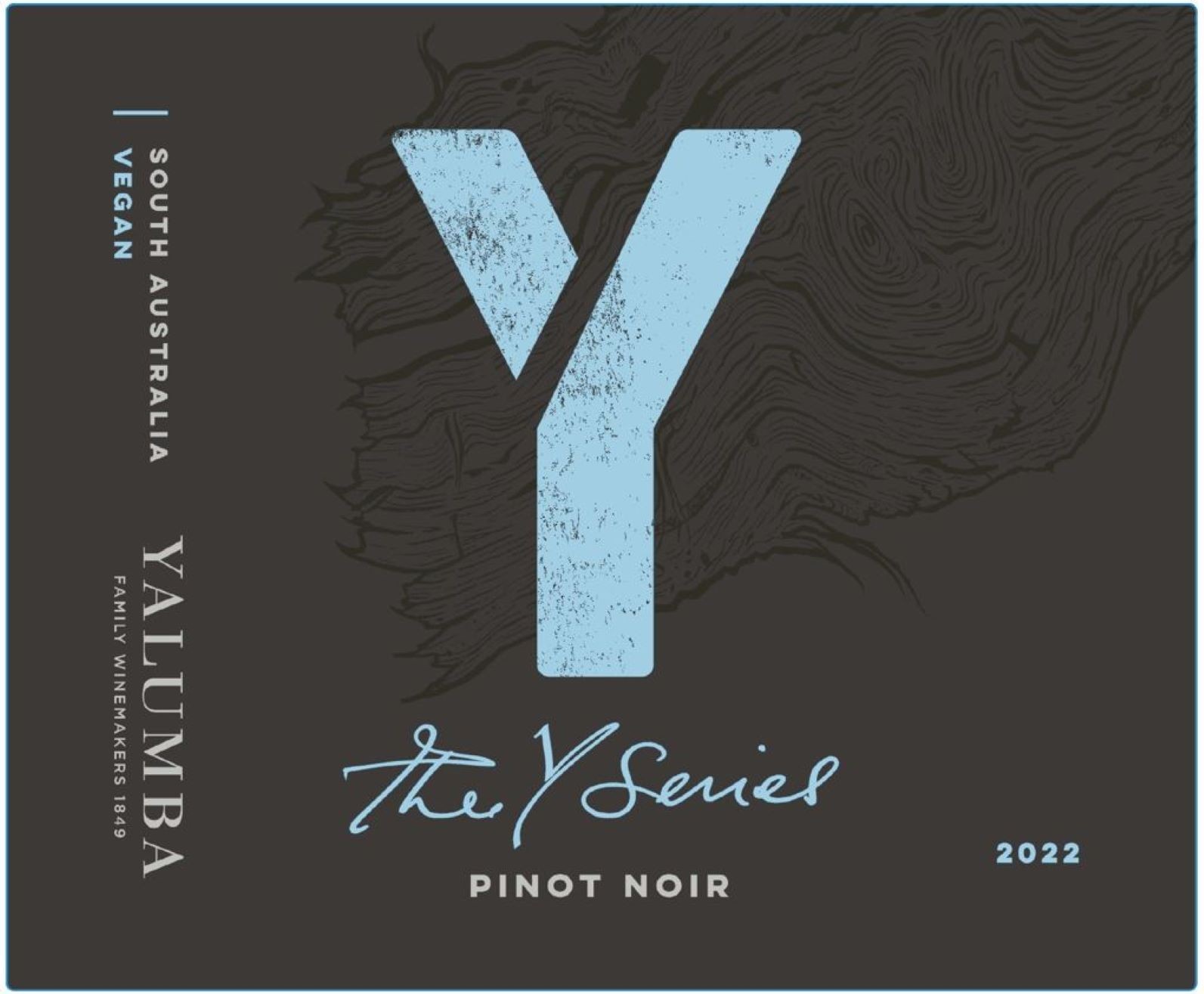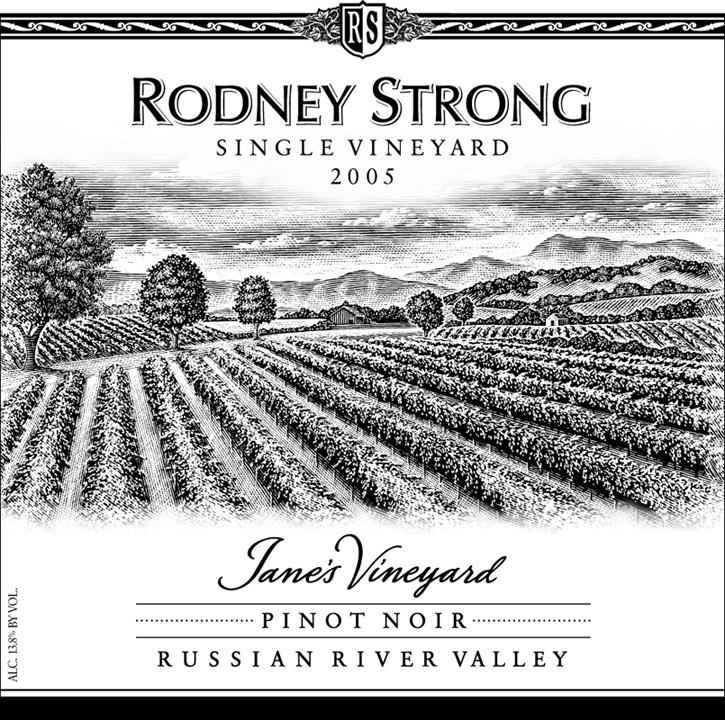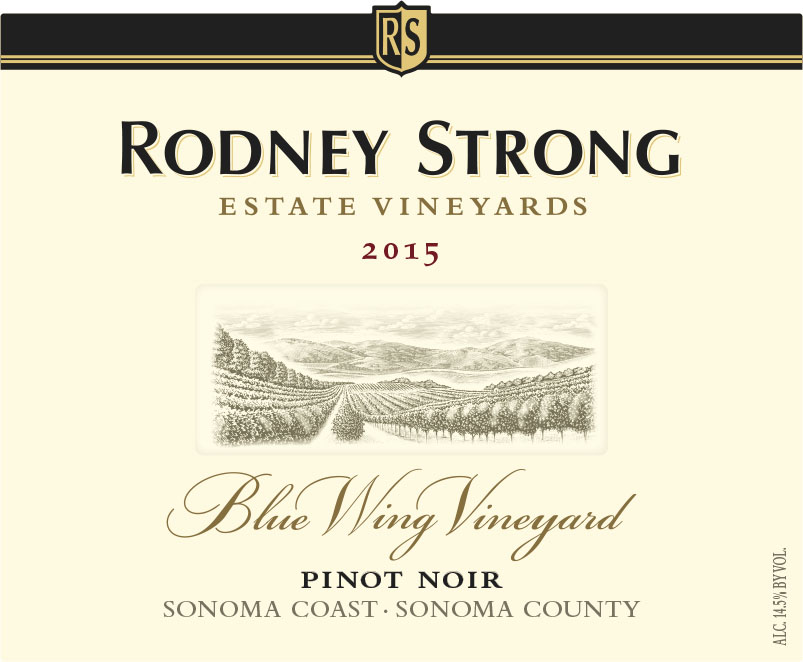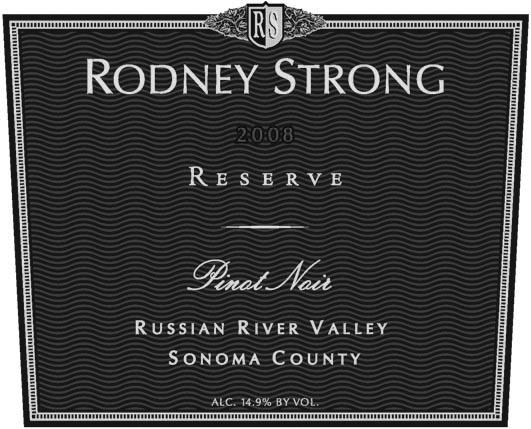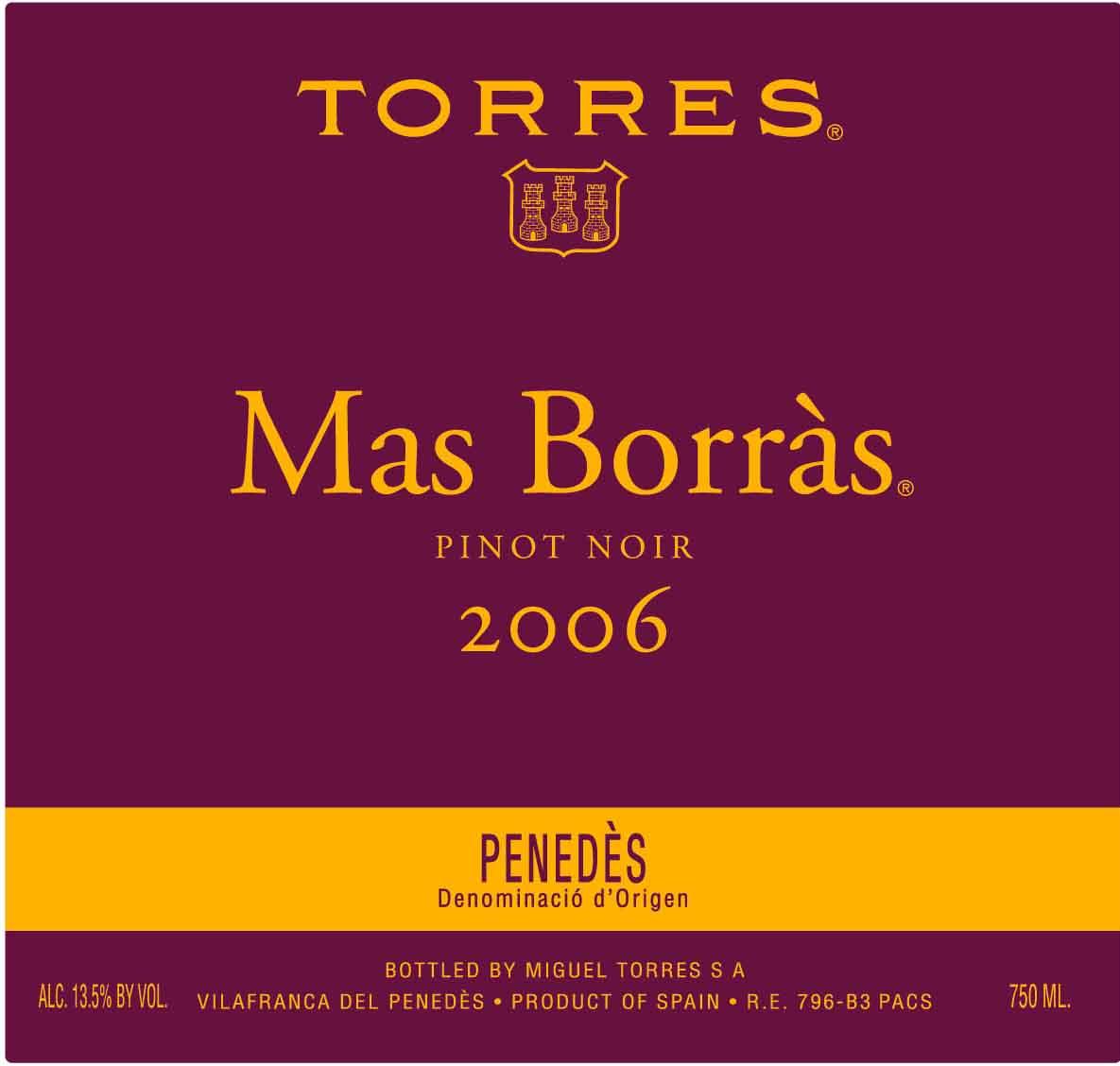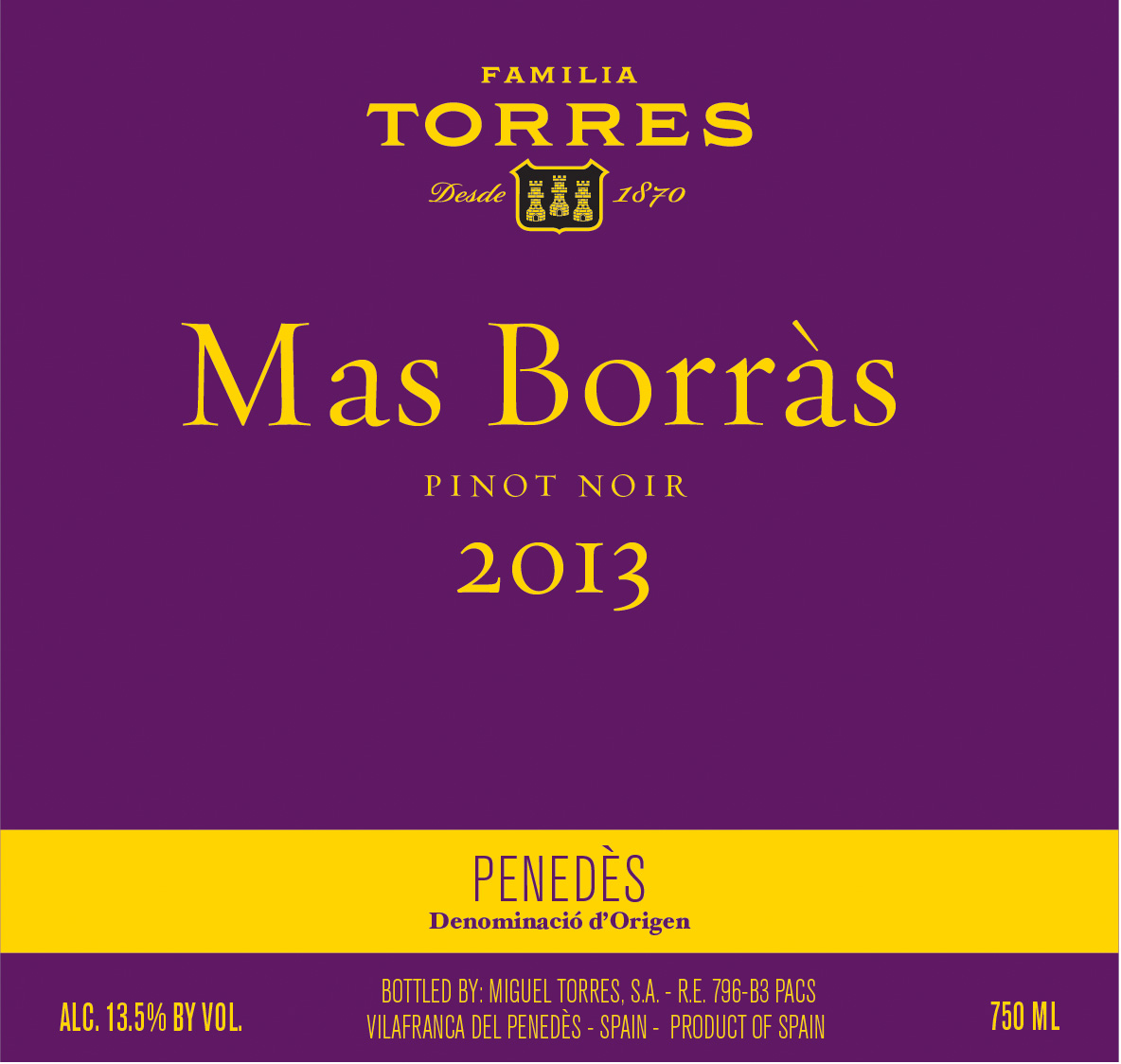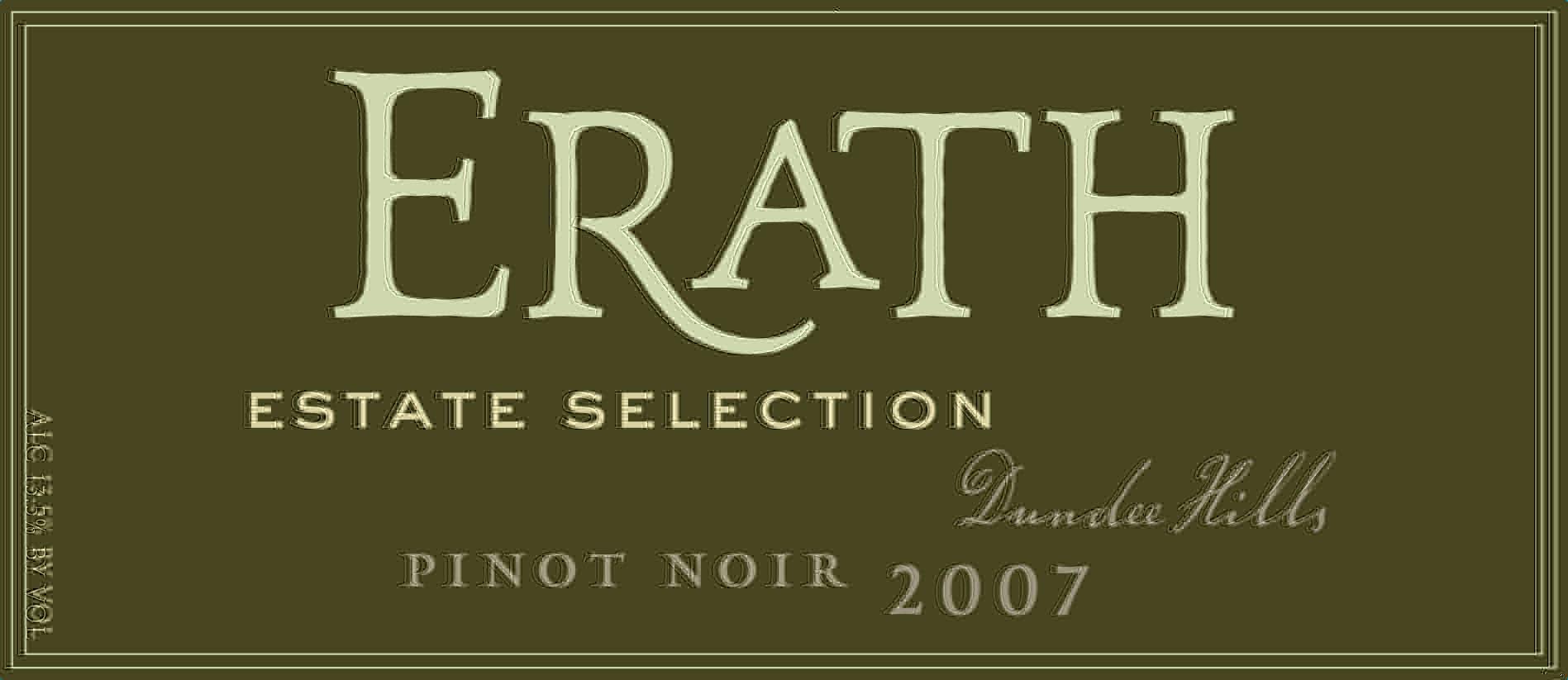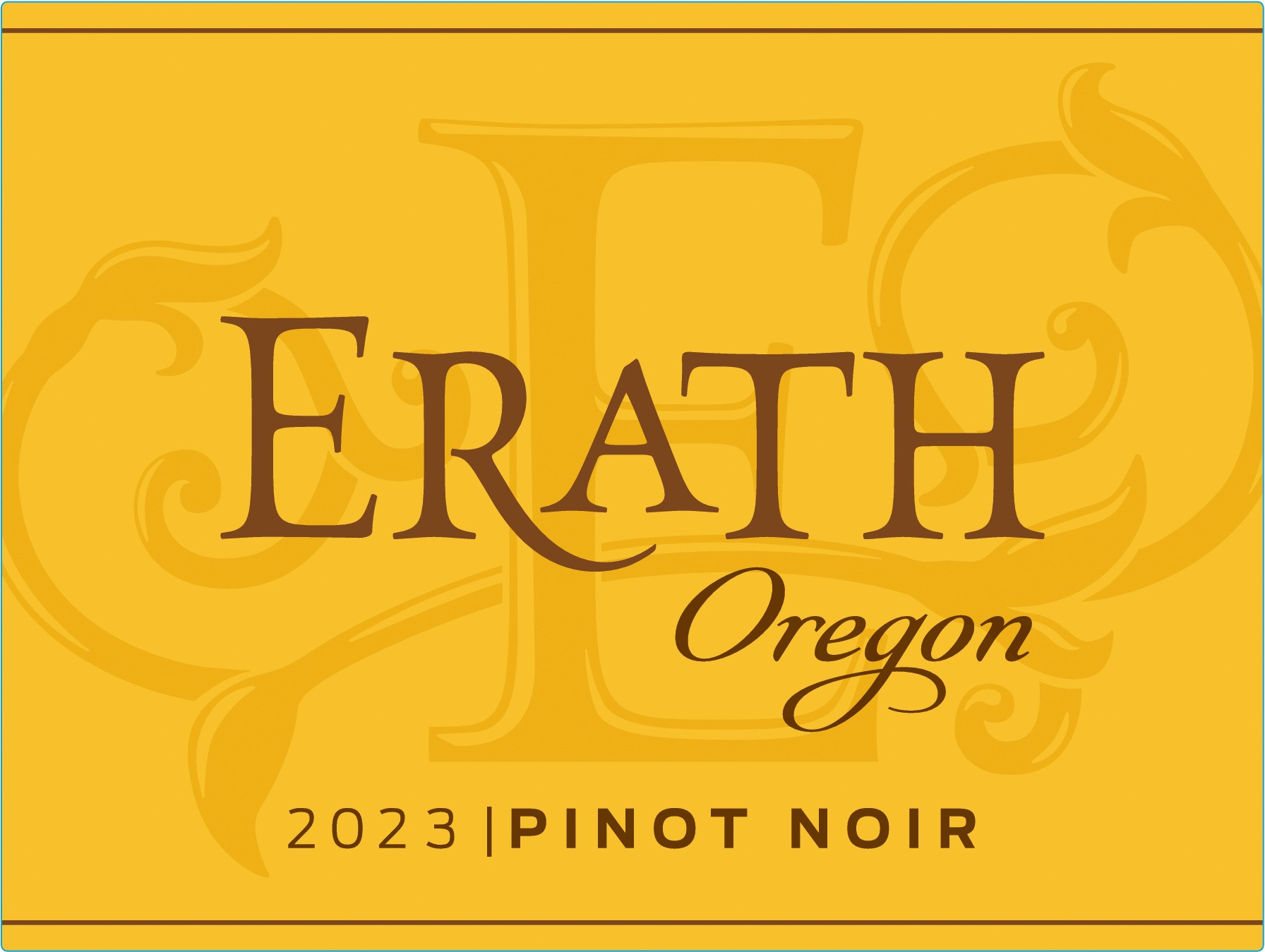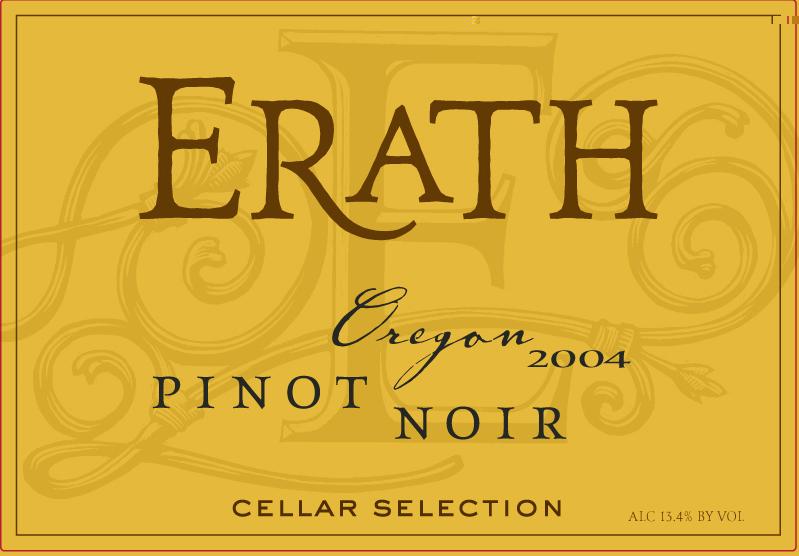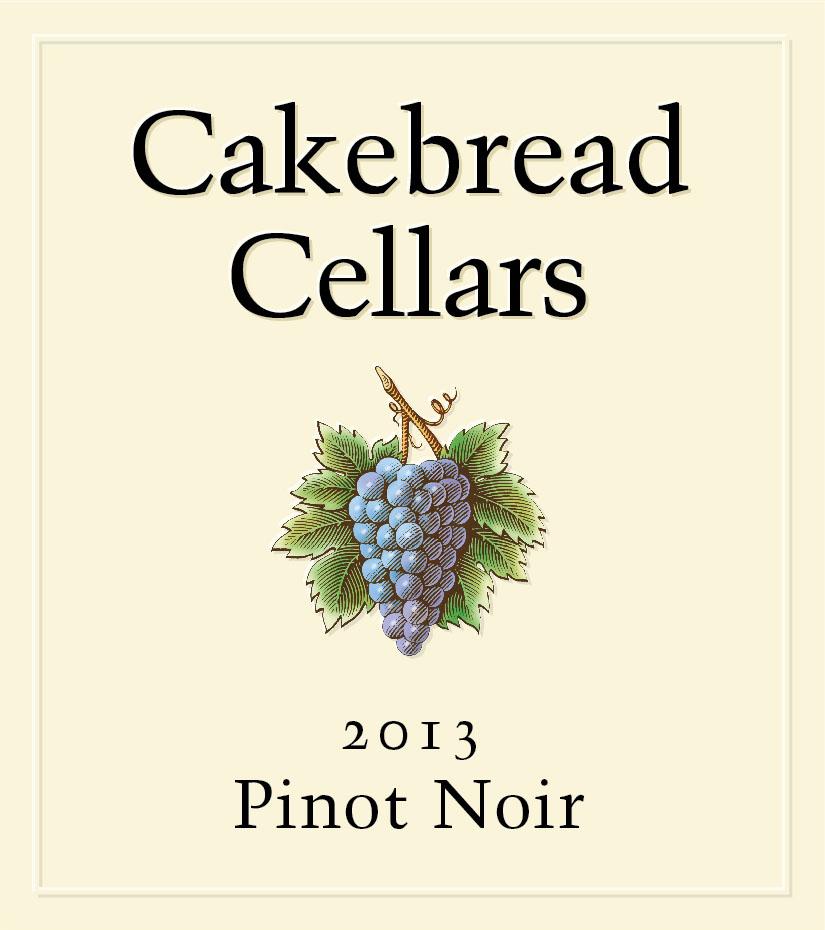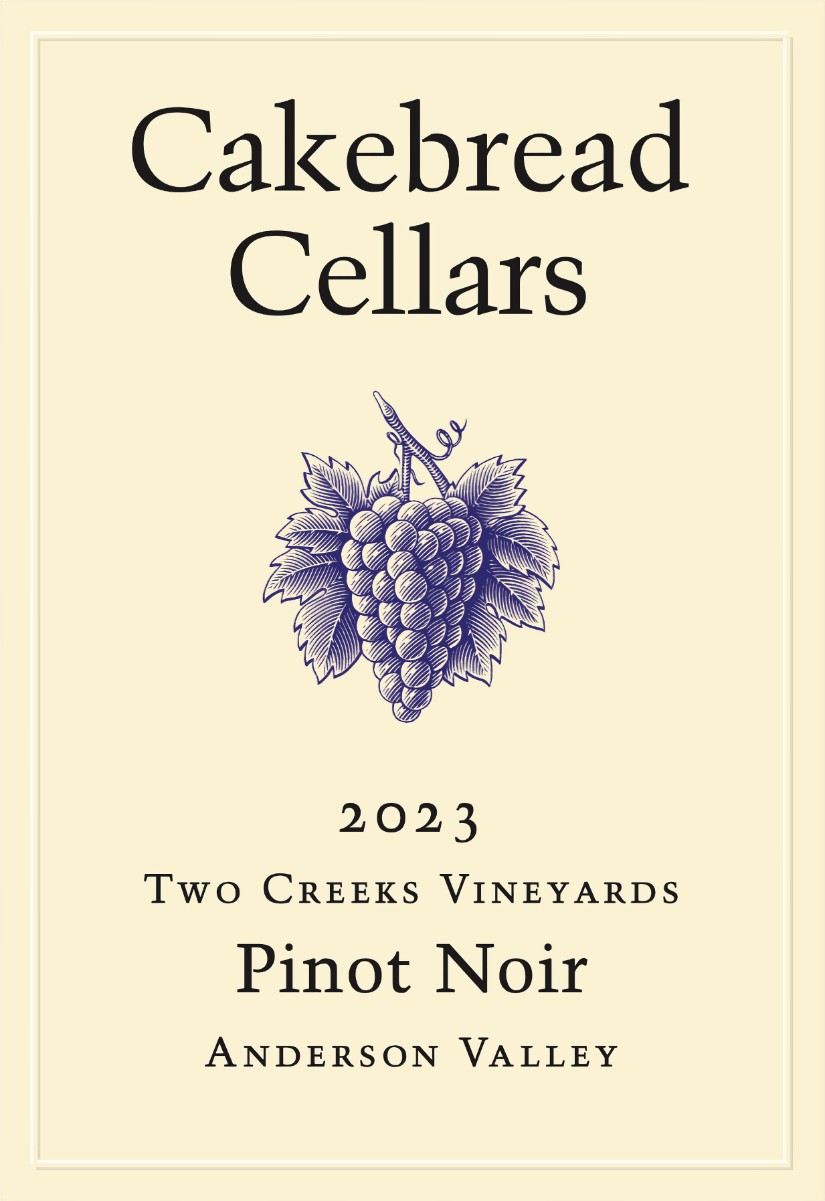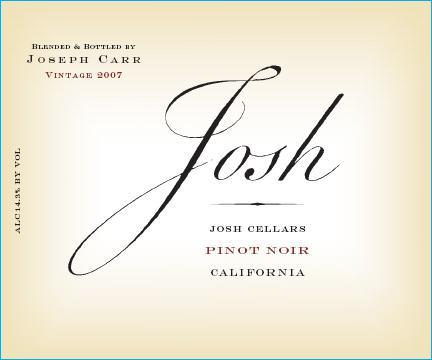Origins and Global Presence of Merlot and Pinot Noir
Merlot: The Plush and Approachable Classic
Merlot’s roots stretch back to the vineyards of Bordeaux, France, where it was first documented in the late 1700s. Its name is thought to come from the local word for blackbird, a nod to the grape’s deep color and the birds’ fondness for the fruit. Genetic studies reveal Merlot is closely related to Cabernet Franc and Magdeleine Noire des Charentes, giving it a unique mix of soft fruit and early ripening traits. These qualities made it a favorite among Bordeaux growers, especially in the cooler, clay-rich soils of the Right Bank.
Today, Merlot is one of the most widely planted grape varieties in the world. It thrives not only in France’s Bordeaux region but also in Italy, the United States, Chile, Australia, and beyond. California’s warm valleys, Tuscany’s rolling hills, and Chile’s Central Valley all produce their own distinct styles of Merlot, from plush and velvety to vibrant and fruit-forward. Its global appeal lies in its versatility and ability to produce wines that are both crowd-pleasing and complex.
Pinot Noir: The Ancient and Expressive Variety
Pinot Noir is one of the oldest grape varieties still in cultivation, with a history that may date back over two thousand years. While its exact origins remain a mystery, Pinot Noir is most closely associated with Burgundy, France, where it has been grown since Roman times. The grape is famed for its thin skins and sensitivity to climate, making it a true mirror of the place where it’s grown. Burgundy’s limestone slopes have long been considered the gold standard for Pinot Noir, producing wines of remarkable finesse and depth.
Pinot Noir’s journey has taken it far beyond its French homeland. It now flourishes in cool-climate regions around the globe, including Oregon’s Willamette Valley, California’s coastal vineyards, Germany (where it’s called Spätburgunder), and New Zealand’s Central Otago. Each region brings out different sides of Pinot Noir’s personality, from bright red fruit and floral notes to earthy, savory undertones. Its worldwide success is a testament to both the grape’s adaptability and its ability to capture the essence of its environment.







